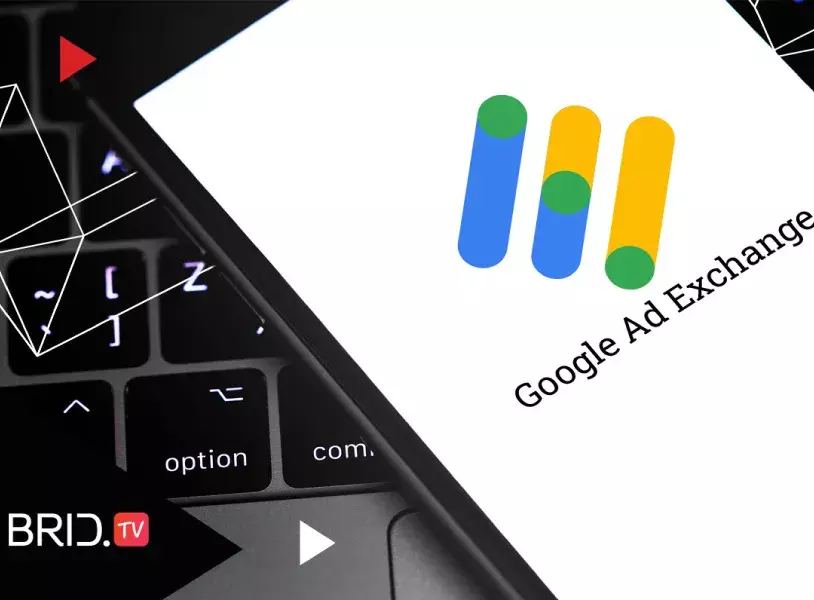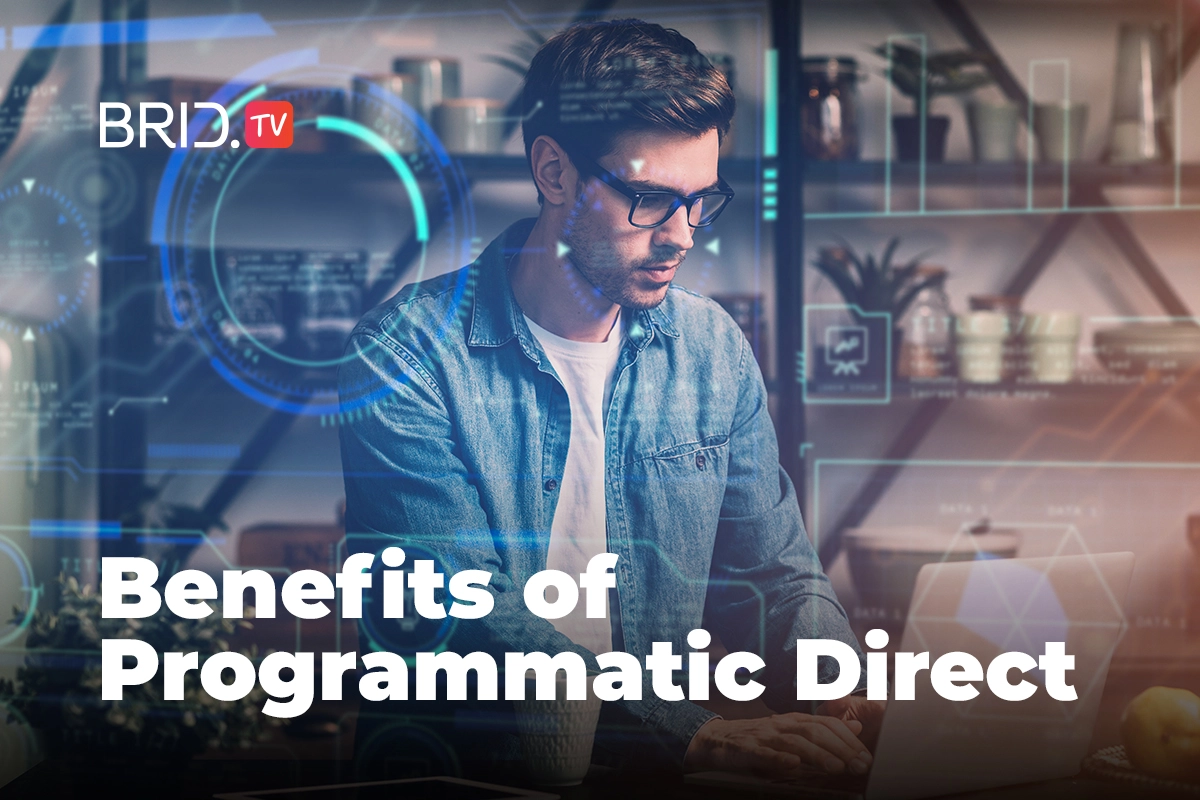As the sub-form of programmatic advertising, programmatic direct has gained prevalence in the digital advertising industry due to its combination of programmatic automation (automated buying and selling) and transparency that comes with pre-established direct deals, making it the perfect blend of programmatic and traditional. To showcase the full potential of this format of programmatic advertising, we decided to point out the key benefits of programmatic direct.
What Is Programmatic Direct?
Unlike RTB, programmatic direct refers to the automated selling and buying of ad inventory based on direct deals between publishers and advertisers, not open or private auctions. These deals function on the basis of one-to-one agreements that entail negotiations on pricing, ad placements, and targeting options. Programmatic direct can be:
- Programmatic Guaranteed — Advertisers commit to purchasing a predetermined number of ad impressions, ensuring guaranteed delivery of their ads and, in turn, guaranteed publisher profit.
- Preferred Deals — Advertisers are not obliged to purchase the ad inventory. They get an opportunity to place an offer at the negotiated price when there’s an ad request for the ad inventory in question. However, if the advertiser is not interested, the ad space goes to an auction.
Benefits of Programmatic Direct
Programmatic direct has several advantages that enable publishers to monetize their inventory more effectively while giving them total control over their content. These include the following.
Higher Ad Yield
Programmatic direct allows publishers to sell premium ad inventory at higher prices than they would sell it at open exchanges or auctions. Publishers make direct deals with advertisers for exclusive ad placements, leading to higher ad yield. In addition, publishers are guaranteed profit due to pre-established conditions (programmatic guaranteed). For instance, advertisers usually commit to a certain number of impressions. This provides publishers with consistent revenue and helps prevent low fill rates.
Better Inventory Control
Publishers have more control over which advertisers have access and priority over their inventory. They can hand-pick and grant access to advertisers who offer ads relevant to their website content or audience, determine optimal inventory prices, and apply predictive forecasting, making it easier to manage their costs. With greater control over their inventory, publishers can serve ads relevant to their users or content.
Transparency and Safety
This method provides transparency for both advertisers and publishers. Advertisers get insight into their ad viewability — whether their ads are visible, i.e., displayed in a suitable environment (before-the-fold, above-the-fold, video, banner, etc.) and served to their target audience. On the other hand, publishers gain access to detailed reporting analytics. They can monitor the running campaign performance and traffic on their website. This makes it easier to spot bot traffic and avoid ad fraud.
Automation
Even though programmatic direct is lengthier than standard automated real-time bidding since it combines programmatic automation and traditional deal-making, it encompasses quality characteristics of both solutions. The process happens on one programmatic platform (finding partners, concluding agreements, setting up code, etc.) — an automated process. The deals are, however, traditionally established, i.e., negotiating on the price, number of impressions, and audience tracking.
Disadvantages of Programmatic Direct
Although programmatic direct is a great opportunity to boost revenue, publishers may face the following issues:
- Requires additional workforce — Managing direct deals can be quite a handful — negotiations and setting up individual agreements with advertisers, trafficking, invoicing, etc. For an in-house operation, publishers need to recruit an expert team (ad ops, accountants or accounting automation, sales, etc). This entire process is difficult for any smaller publisher. Even larger publishers and networks feel the pressure of maintaining ad ops and sales teams, so they frequently turn to third-party agencies to handle direct deals, such as TargetVideo.
- Hard to apply for smaller publishers — Direct deals rely on establishing relationships with advertisers. Publishers need to invest time and effort into seeking and securing direct agreements. To be more precise, publishers need to have a large pool of potential partners, which may not be possible for smaller publishers. In addition, since direct deals are for premium inventory, only premium publishers can really benefit from this method.
- Not possible as a standalone strategy — Unless you’re a sought-after publisher, selling ad inventory by solely relying on direct deals is not a plausible strategy as it can cause lower fill rates. Incorporating direct deals with another model, for instance, prebid, is a more viable solution, giving publishers higher coverage of their website’s ad space.
Website Monetization Made Easy With TargetVideo
While programmatic direct offers a significant revenue boost to publishers, it is not a sustainable standalone strategy. To achieve maximum ad yield, publishers need to ensure that their ad space is fully covered, not just their premium inventory. Make the most out of your ad inventory with TargetVideo’s Premium Demand. Receive high-quality ads from premium partners, get detailed insight into ad performance with in-depth analytics, and boost your monetization efforts with Managed Ads Service.

FAQ
1. What is programmatic direct?
Programmatic direct is the automated selling and buying of ad inventory based on direct pre-established deals between publishers and advertisers.
2. What are the advantages of programmatic direct?
The advantages of programmatic direct are higher ad yield, better control over inventory, transparency, and safety.
3. What is the difference between programmatic direct and programmatic guaranteed?
The difference between programmatic direct and programmatic guaranteed is that programmatic guaranteed commits advertisers to purchase a specific number of ad impressions, guaranteeing revenue.
